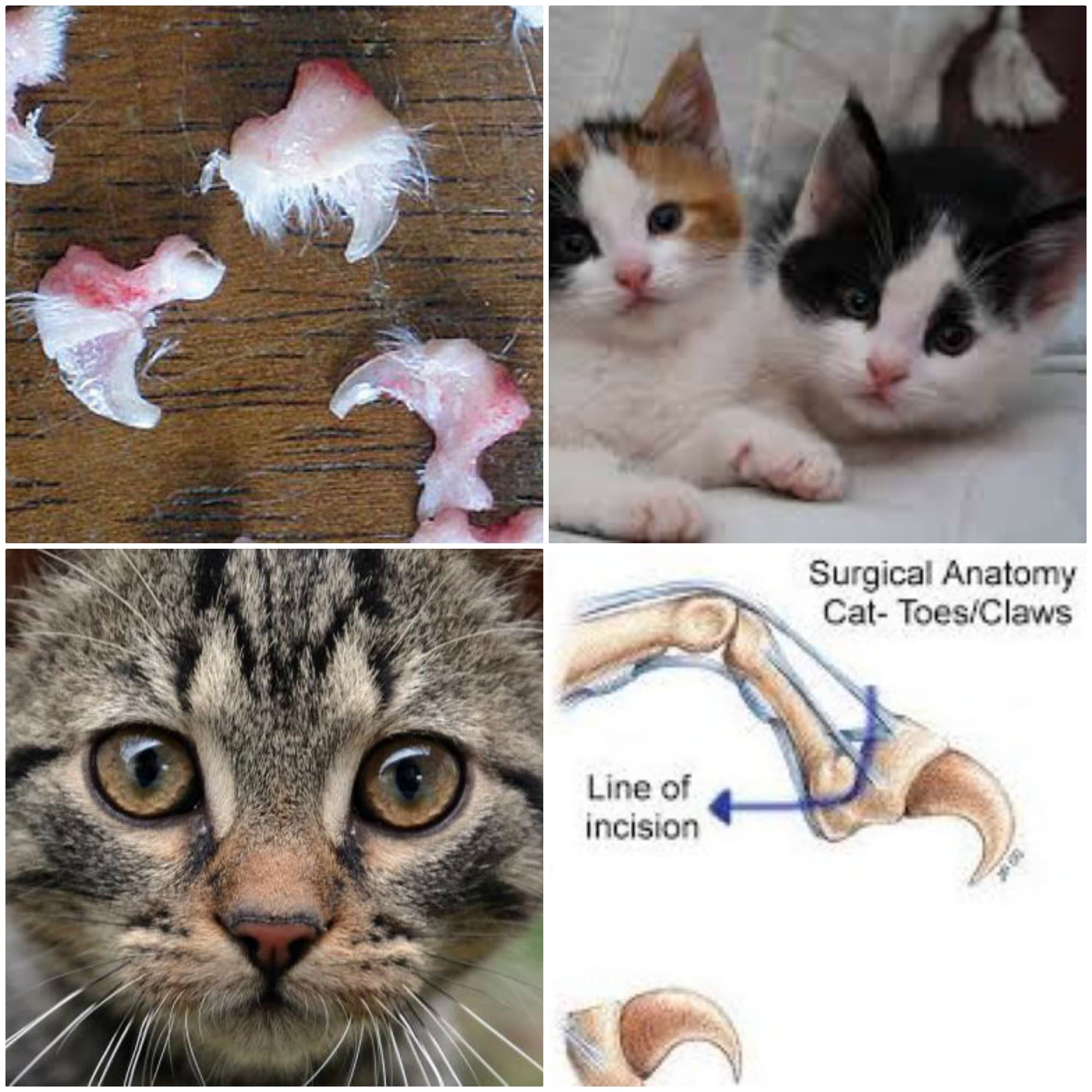When it comes to the care of our feline companions, few topics elicit as strong a reaction as the question of declawing. The very term “declawing” evokes a visceral response, often prompting heated debates among pet owners, veterinarians, and animal welfare advocates. So, is declawing a cat considered animal cruelty? This article delves into the multifaceted arguments surrounding this contentious issue—bringing to light both the practical implications and the ethical considerations that accompany this surgical procedure.
To understand the gravity of the topic, it is crucial first to comprehend what declawing entails. Declawing, or onychectomy, is a surgical procedure primarily performed on domestic cats, where the last bone of each toe is amputated. This extreme alteration of a cat’s anatomy is typically done to prevent scratching of furniture and people. Proponents argue that it offers a means for owners to maintain both their homes and the safe presence of their pets. However, this rationale overlooks the fundamental question: at what cost does this come to the animal’s well-being?
Supporters of declawing often highlight its immediate benefits: a reduction in household damage and a solution for behavioral concerns. However, the motivations behind declawing frequently stem from misconceptions about normal feline behavior. Cats claw not only to sharpen their claws but also for exercise, territorial marking, and self-stimulation. To presume that their innate behaviors should be curbed for human convenience raises essential ethical questions.
Opponents of declawing argue convincingly that the procedure incurs significant physical and psychological harm. Unlike routine veterinary practices, declawing is not merely a nail trim gone awry; it constitutes a substantial surgical intervention. Post-operatively, many cats experience acute pain, and some may develop chronic pain syndromes that can persist for the duration of their lives. The sheer trauma associated with this elective amputation can have far-reaching implications on a cat’s behavior, leading to increased aggression and litter box avoidance—issues that often result in abandonment or euthanasia. An informed understanding of these repercussions solidifies declawing’s status as a misguided practice masquerading as a solution.
Furthermore, the ethical dimensions of declawing cannot be ignored. Animal rights advocates argue that all sentient beings have the right to live free of unnecessary suffering. Just as humans would bristle at the thought of enduring a painful surgical procedure for the sake of others’ comfort, so too do our feline friends deserve protection from such indignities. Ethics call for a shift in perspective: rather than viewing declawing as a mere cosmetic procedure, we must recognize it as an act that violates the intrinsic right of an animal to their own body.
Different regions around the world have begun to respond to these ethical considerations through legislative action. Countries such as the United Kingdom and many in Europe have banned declawing outright, reflecting a growing consensus that this practice is incompatible with modern animal welfare standards. In the United States, however, laws vary dramatically from state to state, creating a patchwork of regulations that often fail to provide adequate protection for animals. Where are the voices championing for a nationwide ban that aligns more closely with ethical standards promulgated by veterinarians and animal welfare organizations? The call for such unified legislation is both urgent and essential.
Alternative solutions to scratching behavior exist and can be implemented with varying degrees of success and effort. Behavioral training, including providing cats with suitable scratching posts and positive reinforcement, may encourage acceptable behaviors while preserving the integrity of their clawing instincts. Additionally, regular claw trimming can help mitigate damage while avoiding the excessive cat-astrophe of declawing. Pet owners can also consider soft nail caps, a non-invasive option that allows cats to retain their claws while preventing damage to furniture and skin.
As we navigate the landscape of feline care, it becomes clear that education plays a pivotal role. The dissemination of accurate information regarding the dangers and implications of declawing is essential in informing pet owners. Veterinary professionals must take a proactive stance in counseling clients about the risks associated with declawing and advocating for humane alternatives. As responsible members of society, it is incumbent upon us to ensure that the discourse surrounding feline care is characterized by compassion, foresight, and a genuine commitment to animal welfare.
The examination of declawing as a practice highlights the broader ethical implications involved in human-animal interactions. It challenges us to reconsider what we deem acceptable for the convenience of our lifestyles and to empathize further with the beings that depend upon us for care. While declawing may appear to solve a practical issue, the ethical and welfare considerations raise serious questions about our responsibilities as custodians of our companion animals. The discussion surrounding declawing—and, indeed, other forms of animal husbandry—forces us to confront essential truths about our values concerning the treatment of animals. In the end, striving for a harmonious relationship that respects both human needs and animal welfare should remain the ultimate goal.








